14 Wartime Propaganda Posters Collectors Love to Display
Wartime propaganda posters remain some of the most recognizable pieces of visual history. They were once tools to rally support and shape national spirit during moments of uncertainty. Now, collectors proudly display them as symbols of strength, culture, and perseverance. Moving forward, you will see how each poster carries its own message that still sparks interest today.
This post may contain affiliate links, which helps keep this content free. Please read our disclosure for more info.
I Want You for U.S. Army (Uncle Sam)
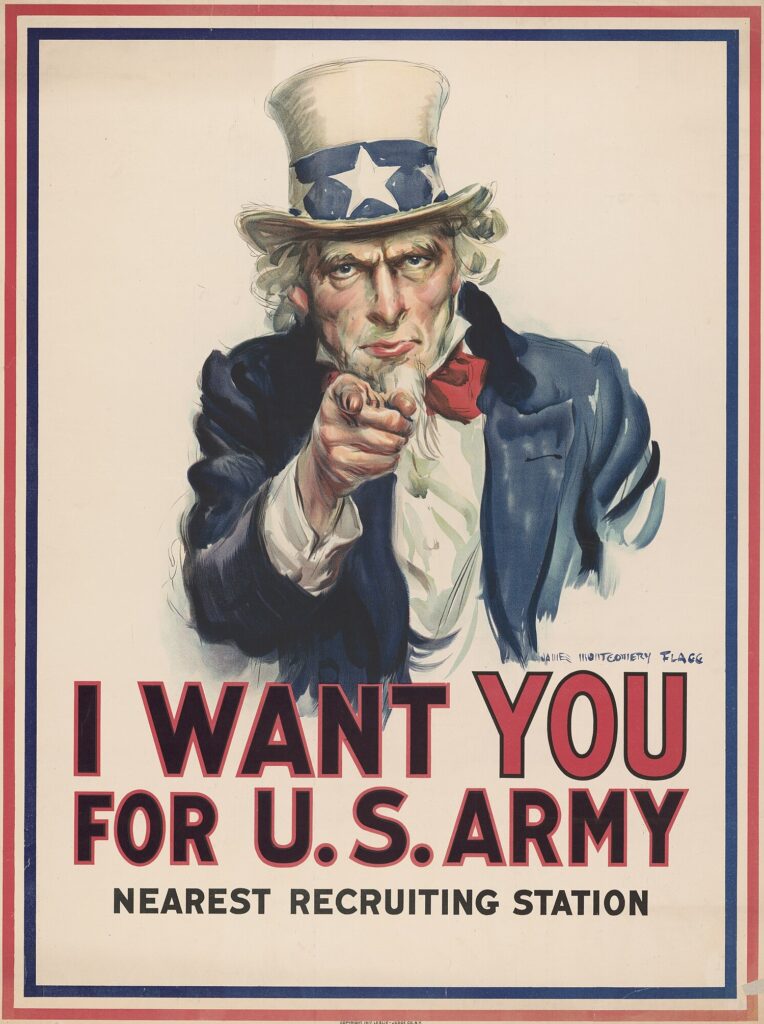
This iconic poster was created in 1917 during World War I by James Montgomery Flagg. It features Uncle Sam pointing directly at the viewer, urging men to enlist in the U.S. Army. The image became so influential that it was reused during World War II. Collectors value it highly because of its patriotic appeal and immediate recognition. Original prints today can range from $5,000 to $15,000 depending on condition.
Many collectors enjoy displaying this piece because it embodies American national pride. The strong imagery makes it an excellent centerpiece in a collection. Reproductions are widely available, but originals carry significant historical weight. Condition, rarity, and whether it is a first run greatly affect the value. This poster remains a symbol of wartime spirit and recruitment.
Loose Lips Might Sink Ships
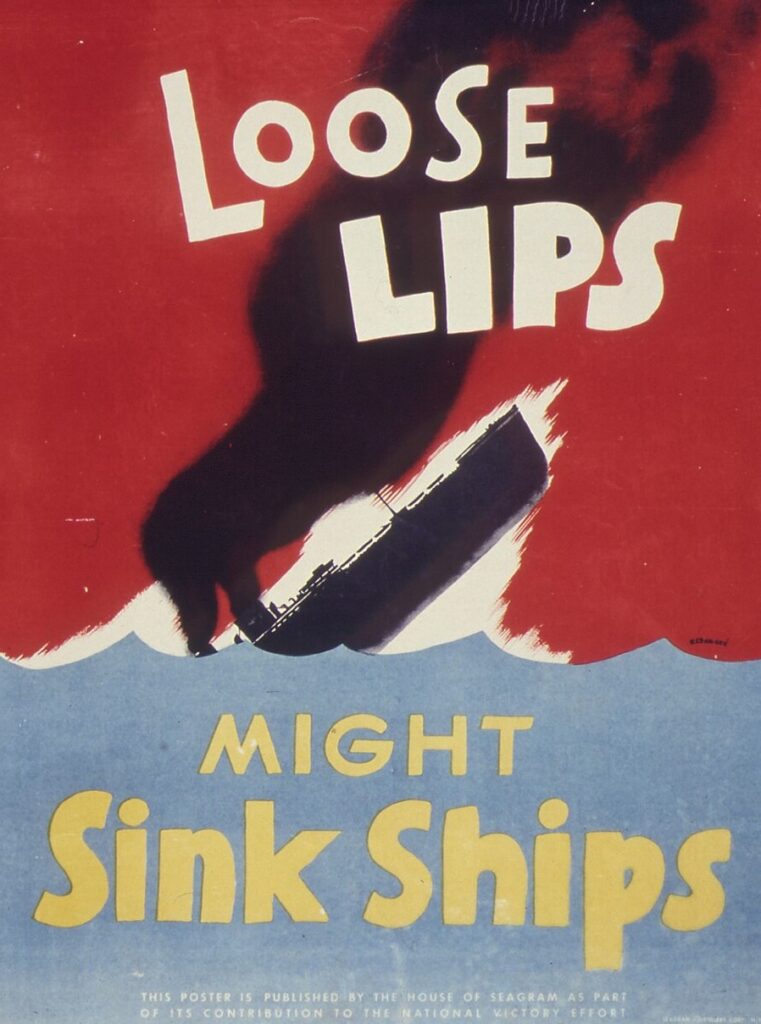
The U.S. Office of War Information released this poster in 1942 during World War II. It warned against careless talk that could reveal sensitive military information to enemies. The design uses bold text and a sinking ship silhouette to drive the point home. Collectors appreciate its striking message of caution during wartime. Authentic posters often sell between $1,500 and $3,500.
Collectors love it because it captures the era’s sense of secrecy and urgency. This poster is a reminder that even words could influence battles. Its bold typography makes it stand out on display walls. Original versions are rarer than reproductions and fetch a premium in auctions. Many consider it one of the most powerful examples of American wartime communication.
Keep Calm and Carry On
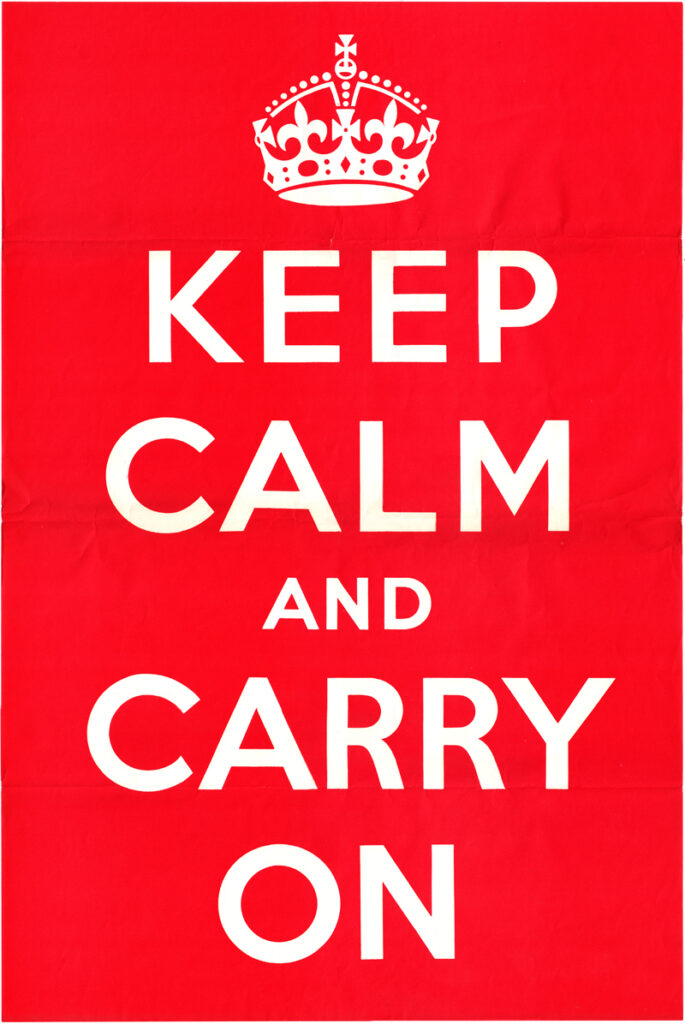
This British poster was created in 1939 but was never widely distributed during World War II. It was intended to reassure citizens during bombings and possible invasions. Rediscovered in the 2000s, it has become one of the most famous wartime slogans. Collectors admire its minimalist design and enduring cultural influence. Original prints can sell for $15,000 to $25,000.
The poster appeals to collectors because it combines simplicity with deep historical meaning. Many display it as a reminder of resilience during wartime Britain. Its red background and crown symbol remain instantly recognizable today. While modern reproductions are everywhere, authentic originals are extremely scarce. Serious collectors treat it as a centerpiece item in their collections.
Rosie the Riveter – We Can Do It!
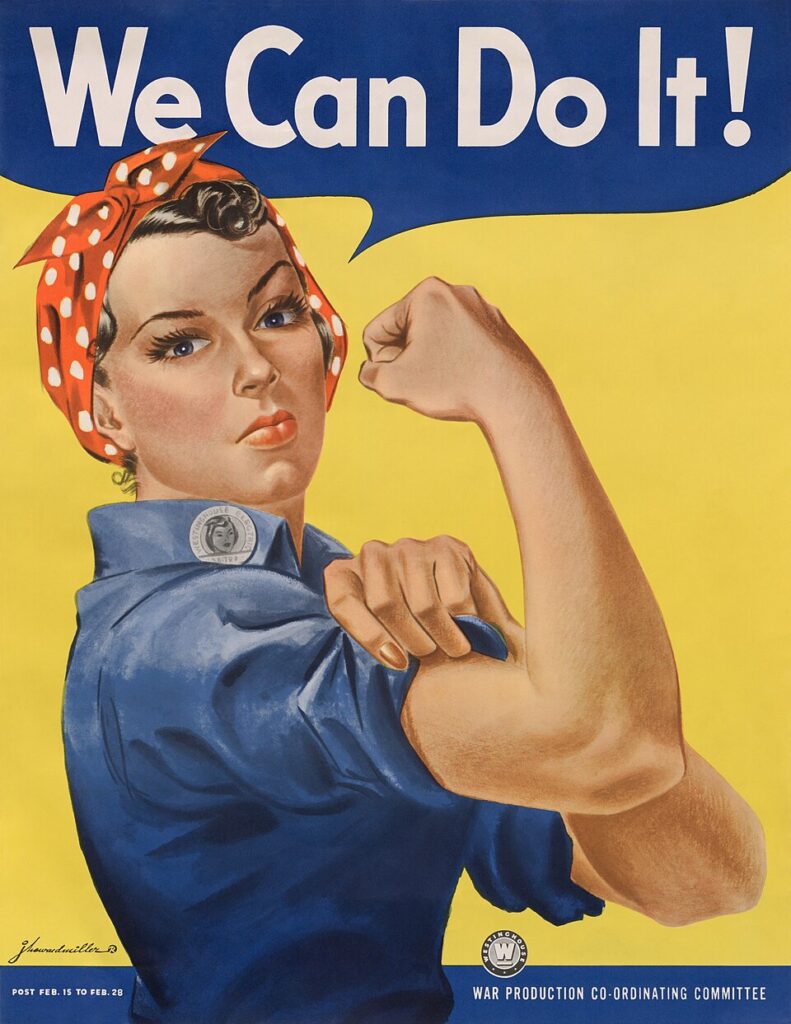
This poster was created in 1943 by J. Howard Miller for Westinghouse Electric. It encouraged women to take on industrial jobs while men were away fighting. The We Can Do It! slogan became synonymous with female empowerment. Collectors appreciate its influence on both wartime morale and women’s history. Original prints can be worth between $10,000 and $20,000.
Many collectors display this piece because it represents a turning point in gender roles. The strong image of Rosie flexing her arm symbolizes determination and strength. Today, it is a cultural icon beyond its wartime use. While mass reproductions are common, originals are extremely rare and valuable. This poster remains one of the most collectible pieces of World War II propaganda.
Careless Talk Costs Lives
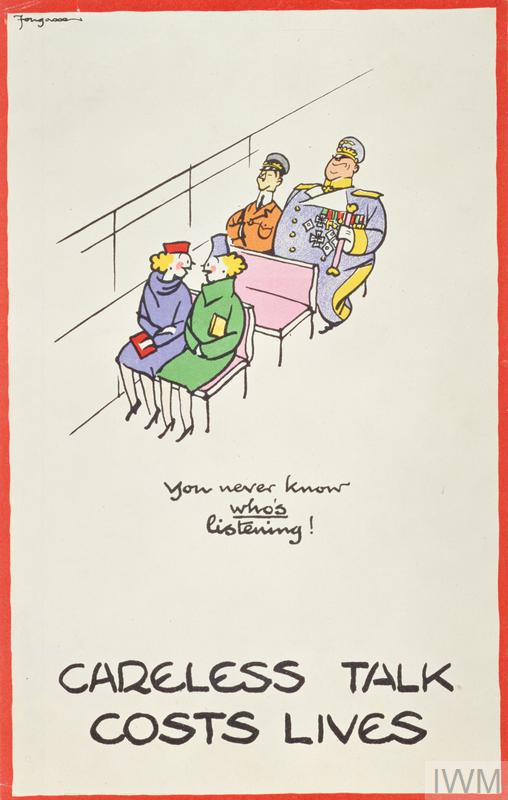
Created in Britain during World War II, this poster was part of a campaign to stop gossip about military activities. It often featured cartoons or humorous drawings to get the point across. The message emphasized the dangers of loose conversation in public. Collectors love the combination of humor and seriousness in its design. Original examples usually range between $2,000 and $5,000.
This poster holds appeal because of its creative approach to a serious issue. Collectors admire the British use of humor in wartime propaganda. Many display it for its unique style that differs from more severe U.S. posters. Surviving originals are valued based on rarity and design variation. It remains a fascinating glimpse into British wartime communication.
Dig for Victory
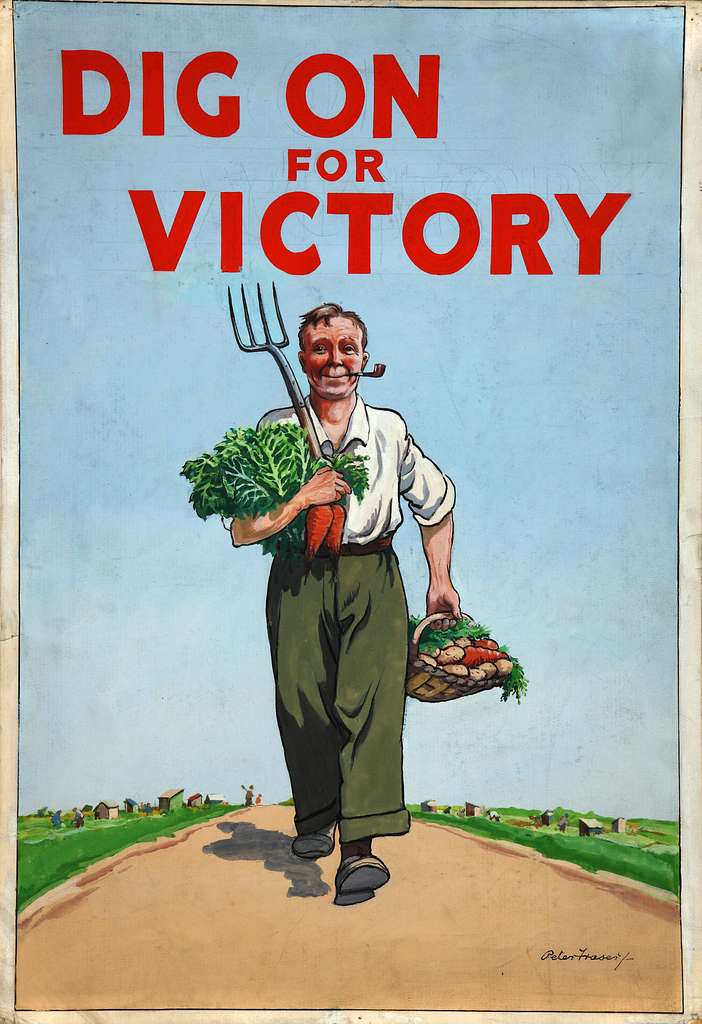
This British poster first appeared in 1939 to encourage citizens to grow their own food during wartime shortages. The government wanted people to reduce dependence on imported goods. Simple designs often showed spades, vegetables, and farmland. Collectors enjoy its connection to community resilience and self-sufficiency. Prices range from $1,000 to $3,000 depending on rarity.
Collectors are drawn to this poster because it illustrates how everyday people contributed to the war effort. Displaying it represents a link between agriculture and survival. Many variants were produced, making some rarer than others. Posters with vivid colors tend to command higher prices. It continues to symbolize resourcefulness in difficult times.
Buy War Bonds
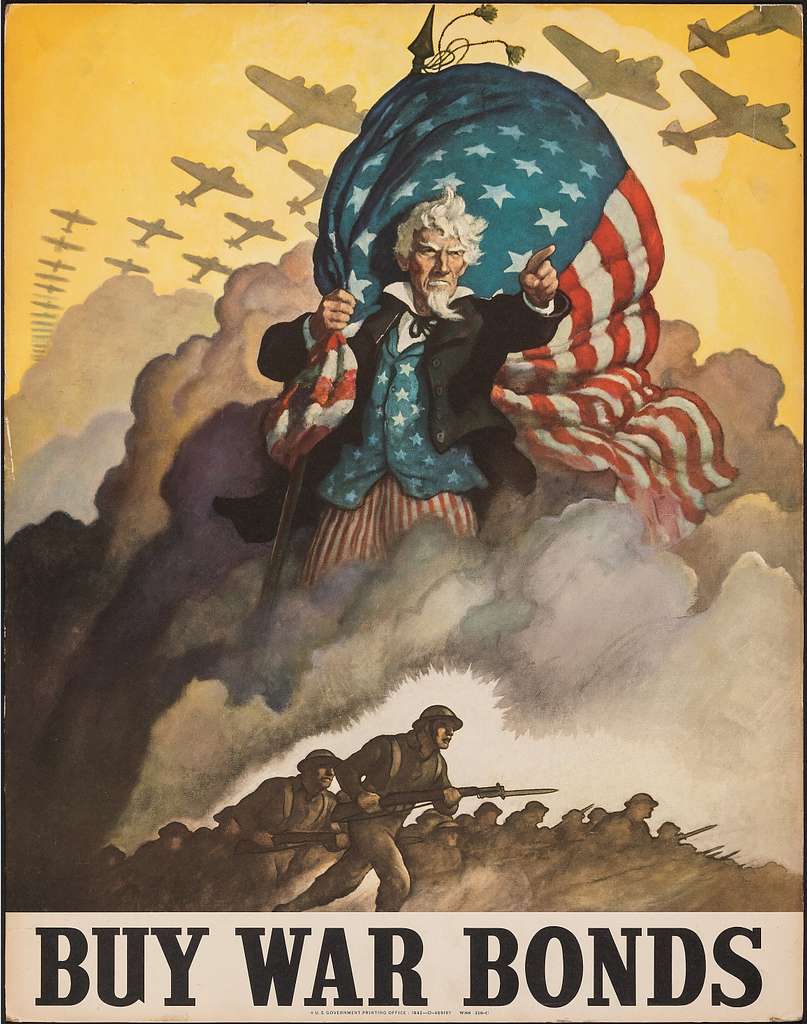
This American poster appeared throughout both World War I and World War II. It urged citizens to purchase bonds to help finance the military effort. Artists often used patriotic imagery such as flags, soldiers, and families. Collectors admire the financial and emotional role these posters played. Market values typically range from $2,500 to $6,000.
Displaying this poster allows collectors to highlight the role of civilians in supporting the war. The posters remind people that battles were fought both overseas and at home. Versions created by famous artists can fetch even higher prices. Condition is key in determining value, especially for early prints. These remain staples in wartime poster collections.
Dig for Victory
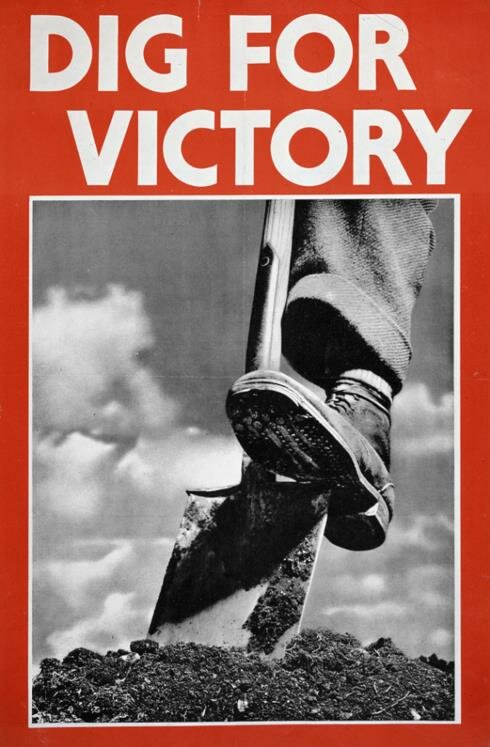
Issued in Britain in 1941, this poster encouraged citizens to build backyard air raid shelters. It emphasized preparedness during the Blitz. The imagery often showed families working together to dig. Collectors appreciate its connection to civilian defense during wartime. Original copies typically sell for $1,500 to $4,000.
Collectors admire the sense of unity and responsibility conveyed by this poster. It represents how ordinary people prepared for survival during air raids. Its simple graphics make it both accessible and memorable. Authentic versions are rarer than many food or bond posters. Displaying it reflects a strong piece of civilian history.
Women of Britain, Come into the Factories
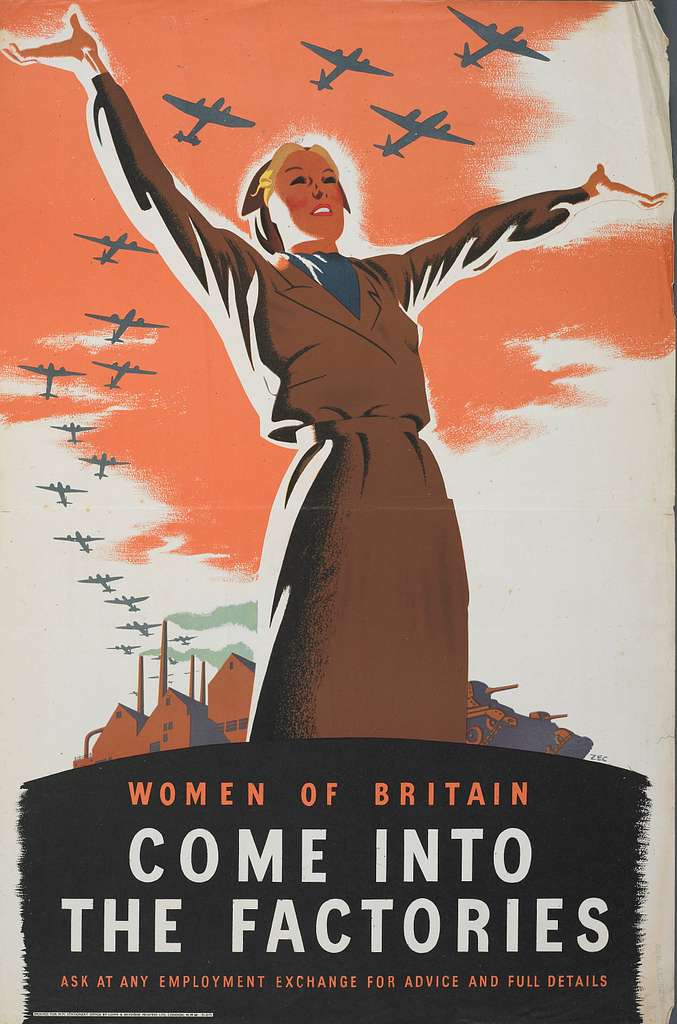
This British World War II poster highlighted the need for women in manufacturing. It followed the example set by similar campaigns in the United States. The image often portrayed women in uniforms working at machinery. Collectors love it because of its focus on women’s contributions to industry. Original prints can sell for $4,000 to $8,000.
This poster is admired because it illustrates the growing role of women in wartime economies. Collectors often display it alongside American Rosie the Riveter posters. It reflects the urgent call for labor when men were away at war. The imagery highlights both patriotism and gender history. For many collectors, it adds balance to a wartime poster display.
Your Country Needs You
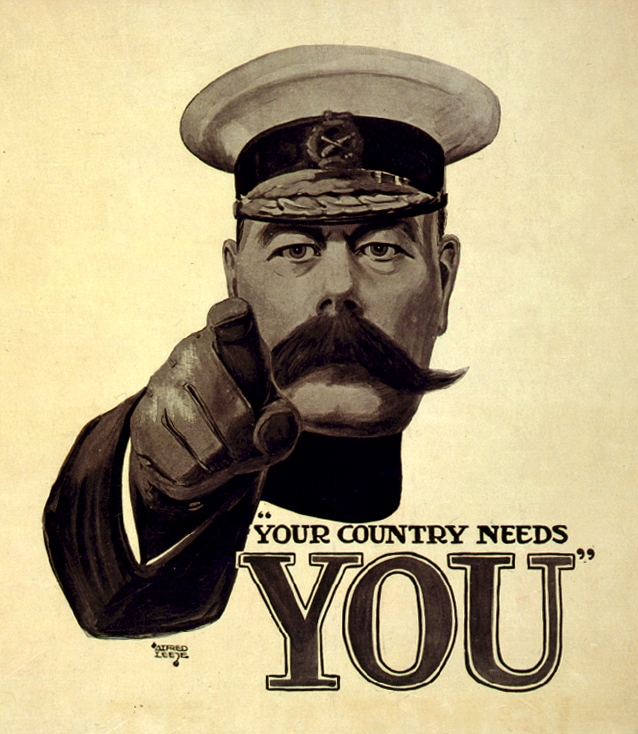
This British World War I poster was designed in 1914 by Alfred Leete. It featured Lord Kitchener pointing directly at the viewer, calling for military enlistment. The style later inspired the American Uncle Sam poster. Collectors see it as one of the earliest and most influential recruitment posters. Original versions can reach prices of $10,000 to $20,000.
Many collectors value it as a cornerstone piece of British propaganda history. Its design was groundbreaking at the time and set the standard for direct recruitment. Reproductions are common, but genuine prints remain scarce. The bold image makes it a centerpiece in many collections. This poster remains among the most recognizable British wartime images.
Save Waste Fats for Explosives
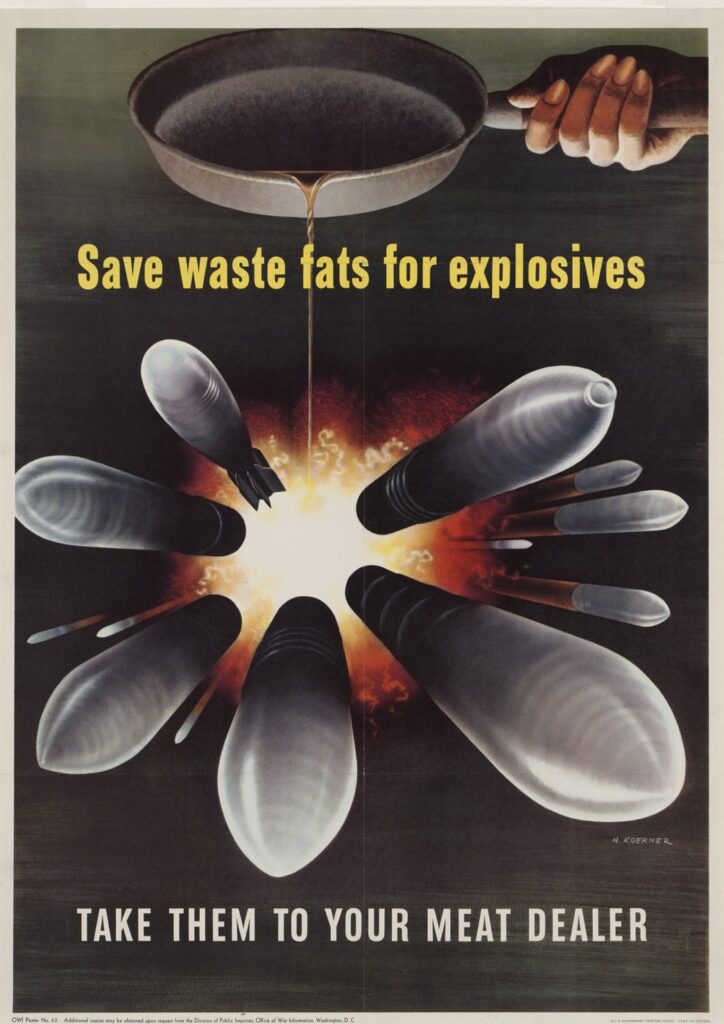
During World War II, the U.S. government urged households to collect cooking fats. These fats were processed into glycerin, used in explosives. The poster often featured patriotic imagery alongside practical instructions. Collectors enjoy its connection to how small household actions contributed to war production. Originals usually sell for $1,500 to $3,500.
Collectors appreciate the everyday nature of this message. It shows how even the simplest tasks could be framed as acts of patriotism. Displaying it highlights the wide reach of wartime propaganda. Versions in excellent condition are harder to find. It offers insight into the creative ways governments mobilized resources.
He’s Watching You
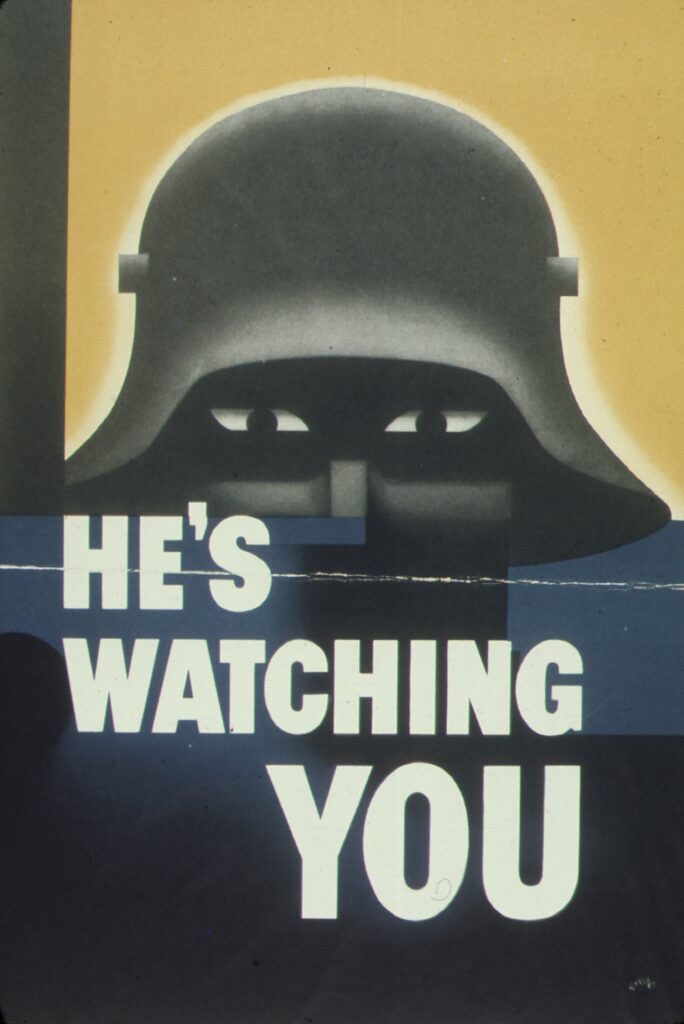
This American poster was produced in 1942 by Glenn Grohe. It depicted a pair of eyes staring directly at the viewer, creating a sense of surveillance. It was designed to remind workers about secrecy and caution. Collectors find its striking and eerie design very appealing. Original copies range from $3,000 to $6,000.
This poster holds attention because of its dramatic style and psychological impact. Collectors value it for the way it conveys fear and caution in simple imagery. Its artistic quality makes it stand out in a collection. Authentic versions in good condition are relatively rare. Many collectors view it as a conversation piece with strong visual impact.
This is the Enemy
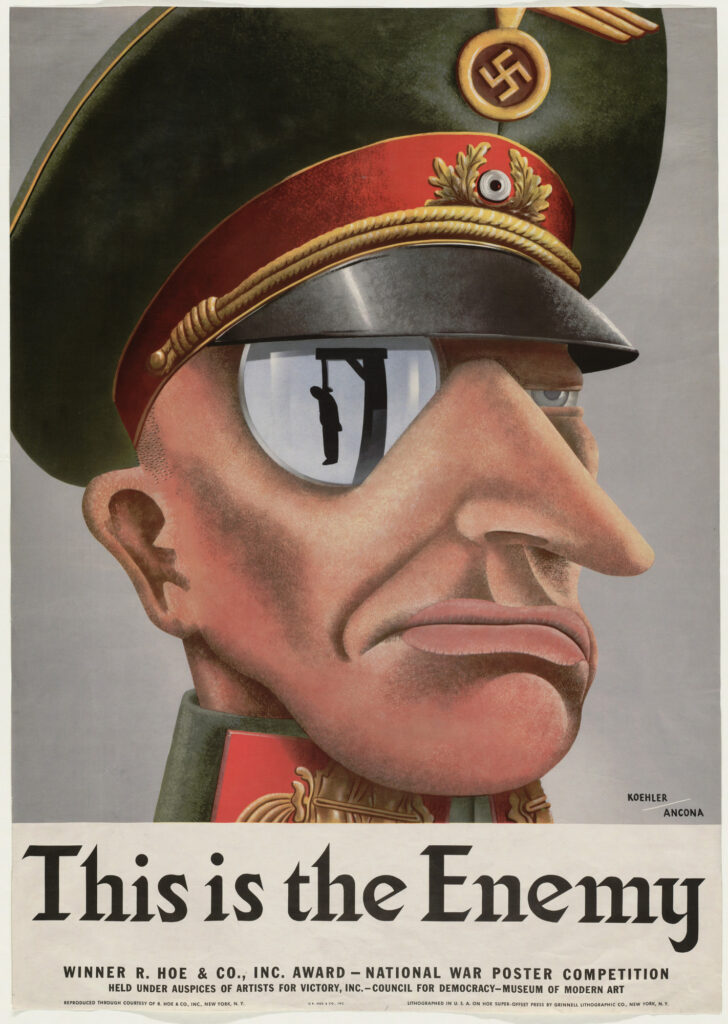
This American poster was issued in 1942 by the Office of War Information. It depicted a menacing image of a Nazi soldier to dehumanize the enemy. The poster was part of a campaign to keep public support strong. Collectors value it for its striking illustration and strong emotional message. Originals usually sell for $4,000 to $9,000.
Collectors display it because of its raw intensity and historical significance. The artwork was created by prominent illustrators of the time. This poster remains controversial but historically important. Surviving originals are highly sought after. Its strong imagery continues to make it one of the most recognizable propaganda posters.
Women! Help America’s Sons Win the War
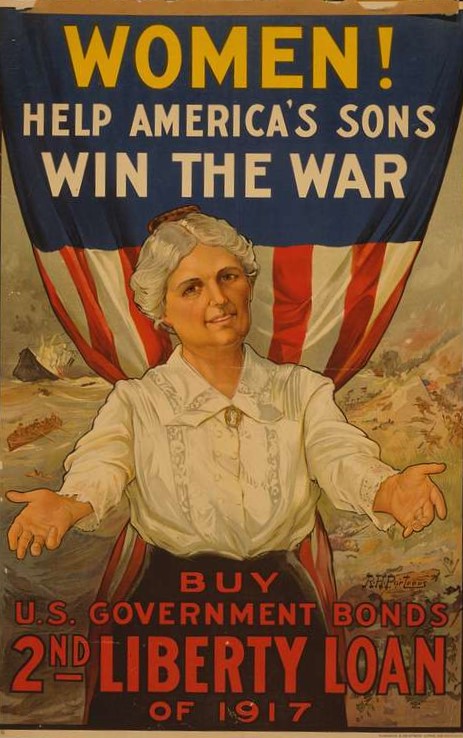
This World War I poster was released in 1917 to encourage women to work and support troops. It often showed mothers and wives supporting soldiers through work and sacrifice. Collectors admire it for its emotional appeal and focus on women’s duty. These posters are rare and can sell between $4,000 and $7,000.
Collectors appreciate how it highlights the family’s role in wartime efforts. Displaying it reflects a narrative beyond the battlefield. Its design appeals to those interested in both women’s history and wartime propaganda. Condition is important when valuing surviving prints. This poster provides a rich addition to any collection.
This article originally appeared on Avocadu.
